- Home
- Military & Defense
- There are heaps of WWII junk rusting in Greenland's fjords - and the photos are eerily beautiful
There are heaps of WWII junk rusting in Greenland's fjords - and the photos are eerily beautiful
Going down the fjord on a sunny day," he said, "if the sun is hitting these barrels it kind of looks like flowers from a distance.

That's why the Inuit people who live in the area call the rusted remains "American Flowers."
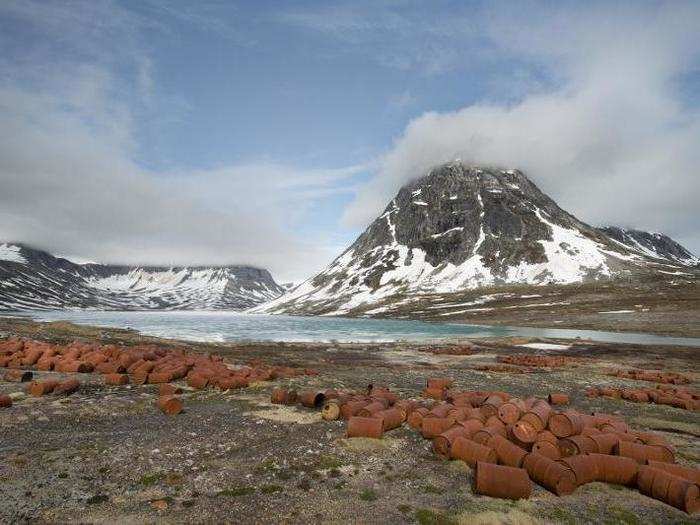
"From the beach there's a little hill that goes up, probably at least 100 feet or so, so that you'll see lines of barrels," Bower said.
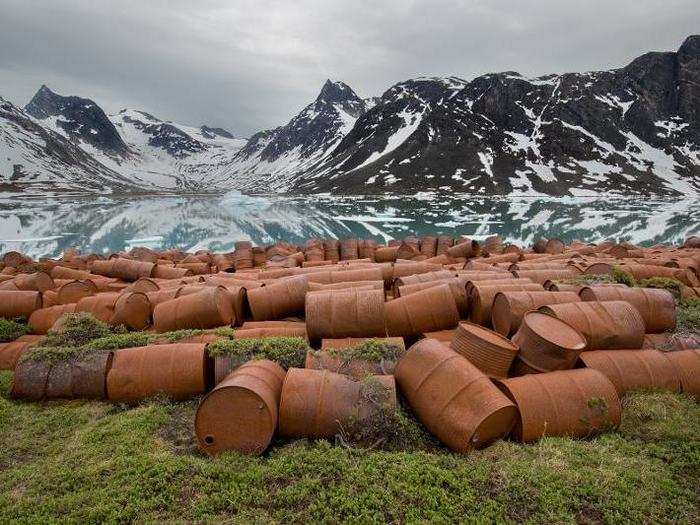
And as you climb up this hill you'll see more and more barrels.
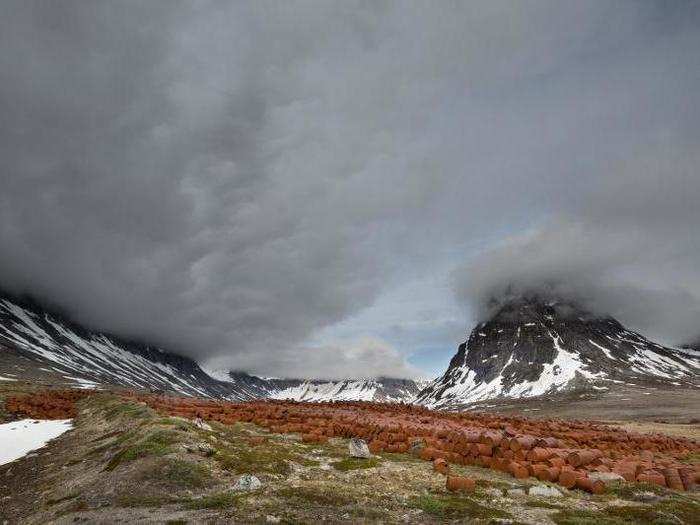
And then back in the distance [you see] military vehicles.
![And then back in the distance [you see] military vehicles.](https://staticbiassets.in/thumb/msid-53891241,width-700,height-525,imgsize-1387073/and-then-back-in-the-distance-you-see-military-vehicles-.jpg)
There are heaps of WWII junk rusting in Greenland's fjords - and the photos are eerily beautiful
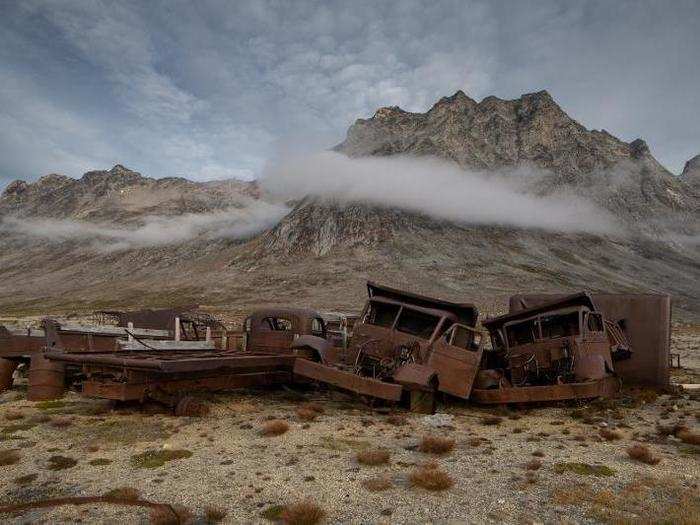
And a big collapsed ... what I think was a warehouse or airplane hangar.
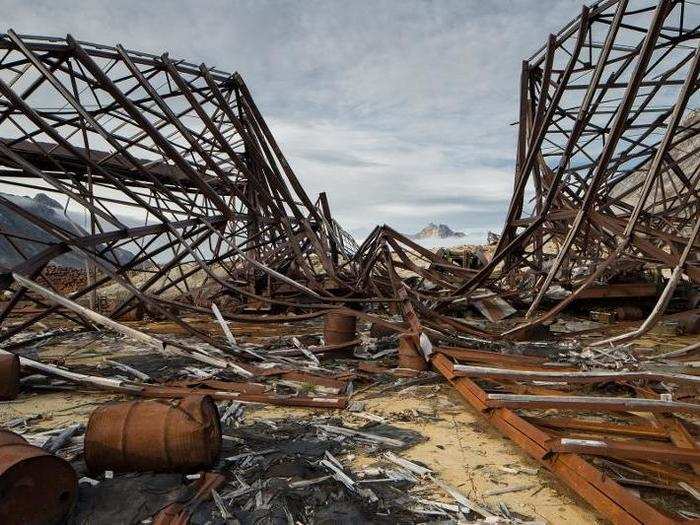
There are heaps of WWII junk rusting in Greenland's fjords - and the photos are eerily beautiful

Bower had traveled the Arctic in the past, sailing and hiking and shooting landscape photos.
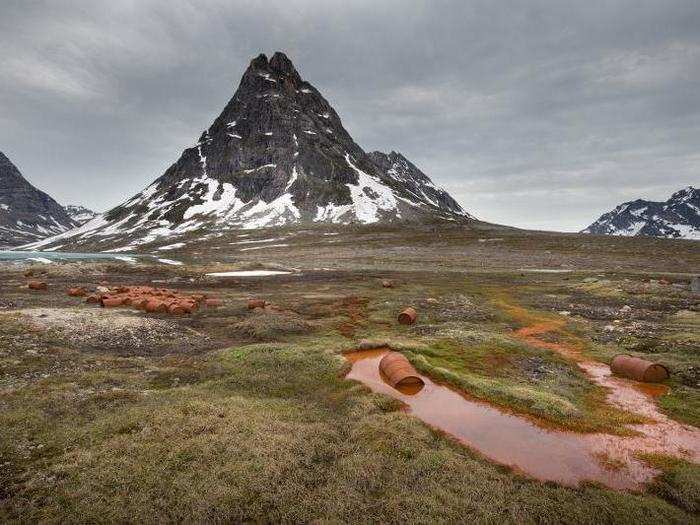
He heard about the American Flowers, and decided he wanted to see the bizarre scene for himself.
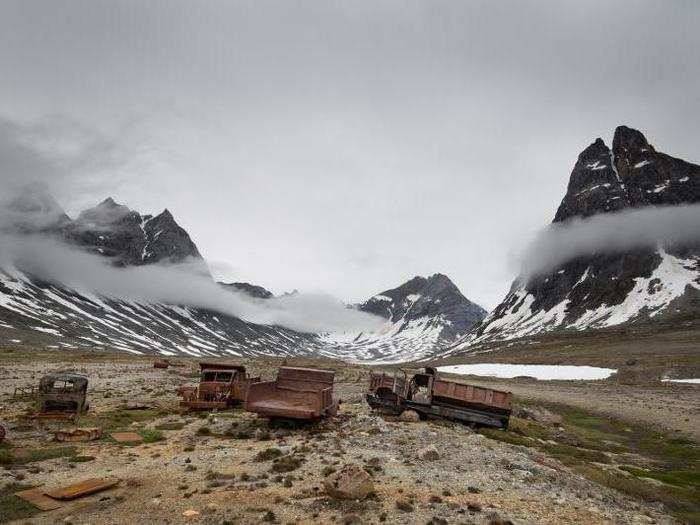
Bower visited for the first time in August 2014, late enough in the season that the ice in the fjords had broken up.
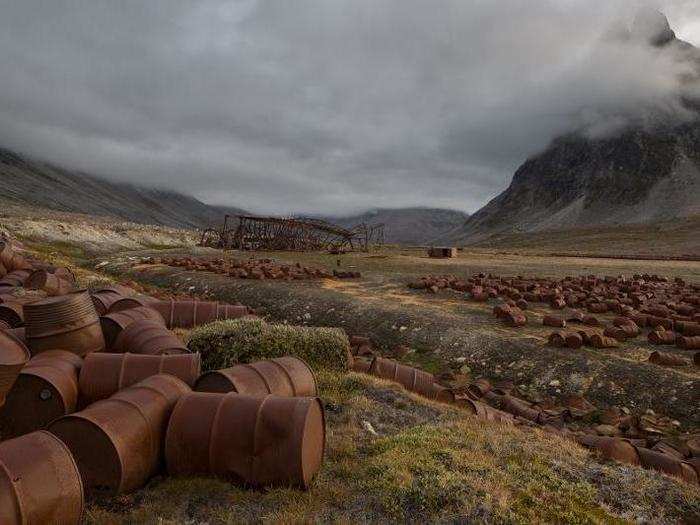
But that late in the season, all the snow on the ground had melted.
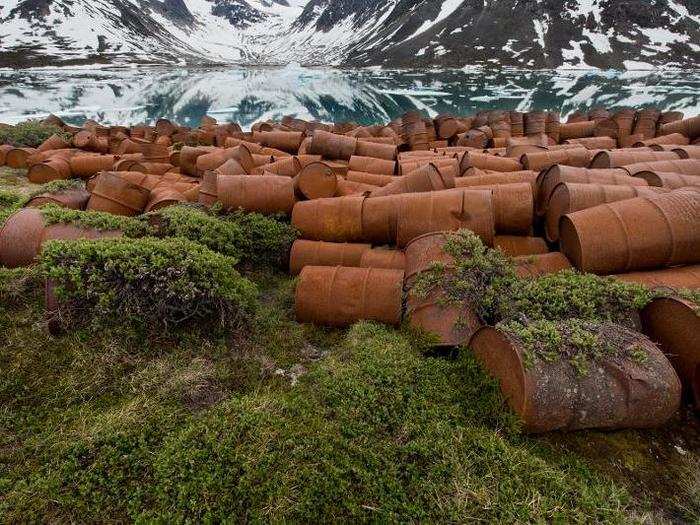
"I wanted to go there when there would still be snow on the ground, so you kind of have this white purity of the snow with the contrast of the rusted elements in there. But that meant getting there much earlier in the season," Bower said.
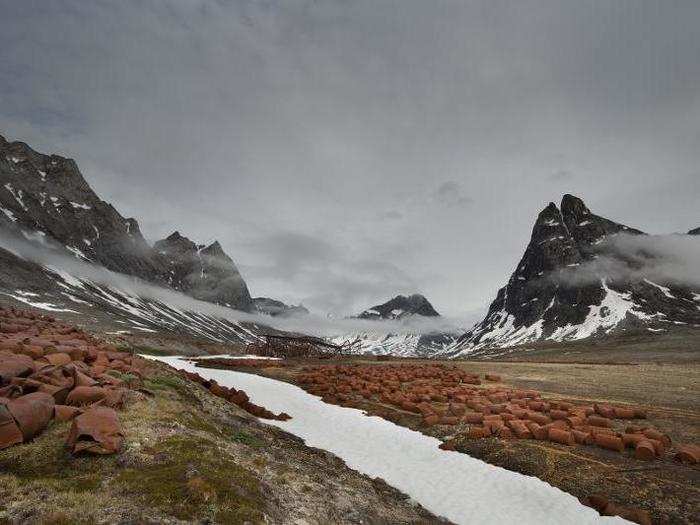
He returned in July 2015. It took three attempts over five days for his friend Kanuk to deliver Bower to Bluie East Two through the thick ocean ice.
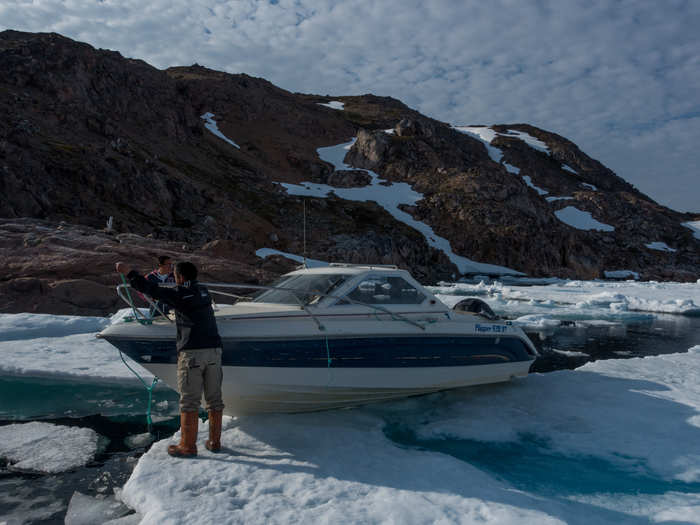
On arrival, he hiked 2 1/2 miles inland of Bluie East Two to make camp — far enough from the water to avoid polar-bear prowling grounds at night. (A loud shotgun shell with the pellets removed hooked up to a tripwire provided an extra precaution as he slept.)
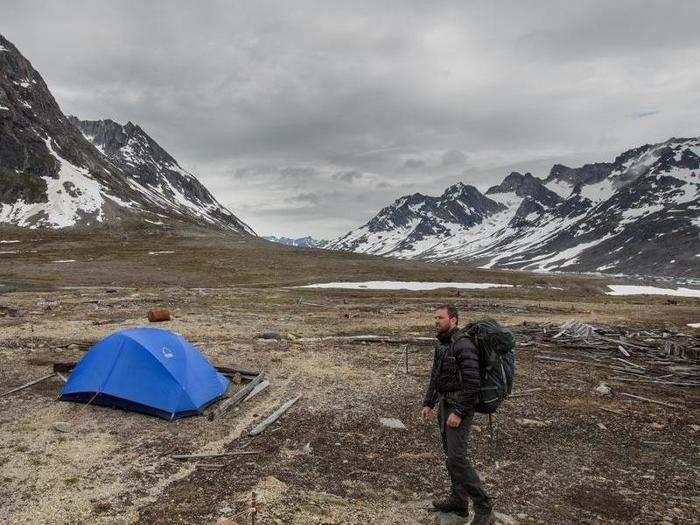
He woke up to shoot between 4 and 6 in the morning, when low, dramatic clouds and fog hang in the air in Greenland, diffusing the harsh summer sun.
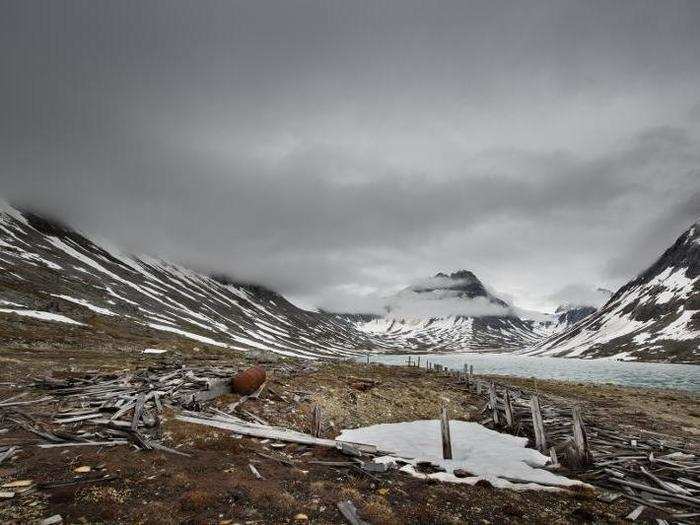
The rest of the day he hiked, fished, and planned his shots for the next morning. He never saw another person or animal while he was there — though he said he could hear arctic foxes calling at night.
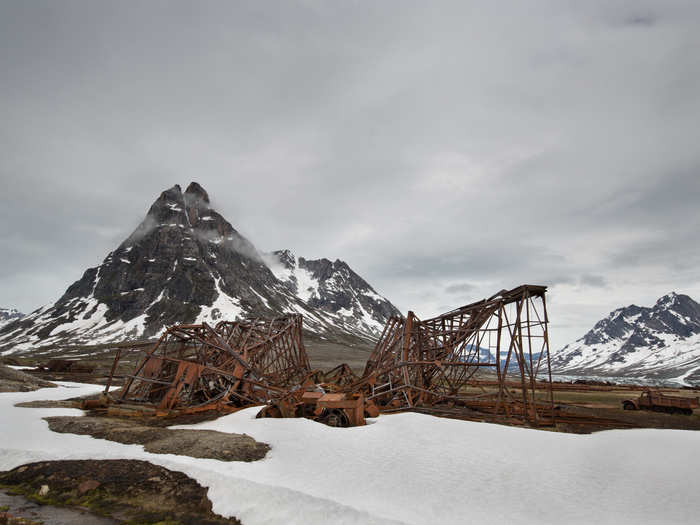
He planned to stay five days, but ended up stranded for eight while his friend struggled to navigate the ice. (Fortunately, he said, he'd packed enough food for two weeks.)
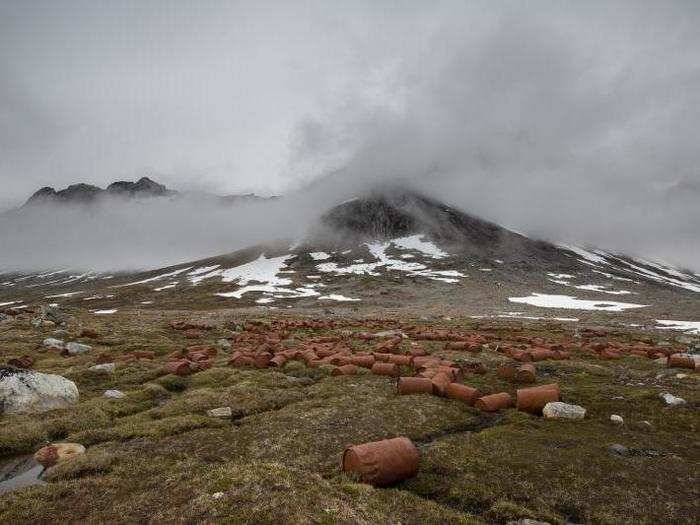
Bower said his next projects will take him to the Faroe Islands, and then a village in northeastern Greenland that houses Inuit people displaced by US military activity during the Cold War.
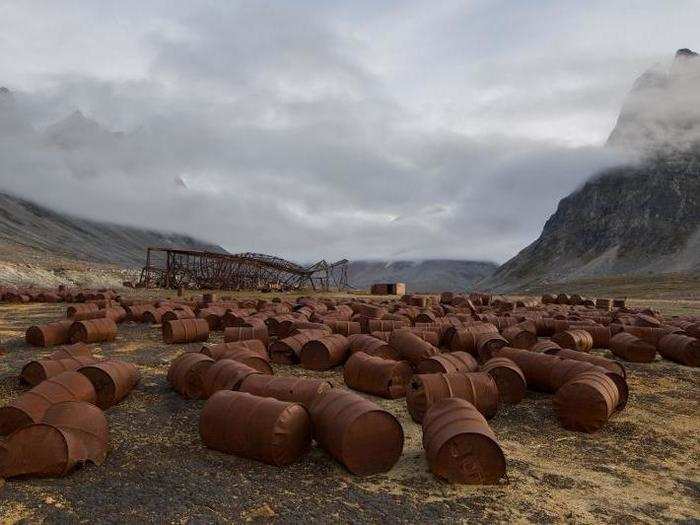
Popular Right Now
Advertisement